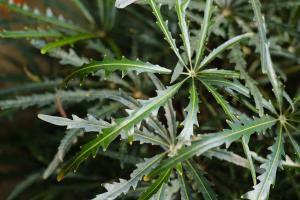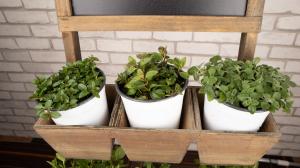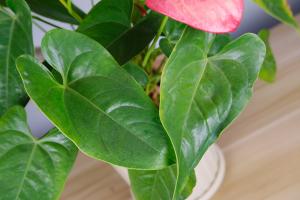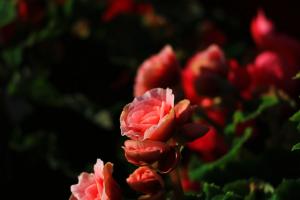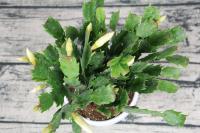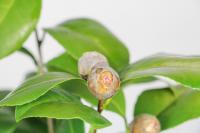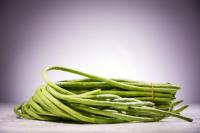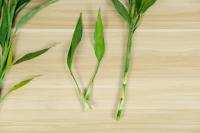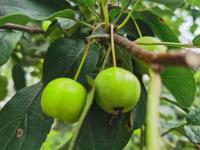1、 Brown spot
The disease may lead to early defoliation, wilting and yellowing of wool Rhododendron, resulting in the decline of its ornamental and value. The disease starts from the lowest part of the plant and then endangers the leaves. Many reddish brown spots will appear in the early stage of the disease, and then evolve into a round type, and finally turn into black brown polygonal spots. It usually occurs in April and may and does not begin to reduce symptoms until December. However, if rhododendrons are cultured at warm room temperature, the disease may occur all year round. The disease is particularly serious in the rainy season. After the rain, as long as there is still some water left by the leaves when entering the night, it may lead to the occurrence of the disease. In artificial cultivation, plants with strong resistance can be selected as far as possible, or in winter and spring, pay attention to timely clean up ponding and diseased leaves

2、 Yellowing disease
The main cause of the disease is the lack of iron in wool Rhododendron, which is also a common disease of Rhododendron. When the plant produces this symptom, the leaves of the plant will turn white and thin. Later, with the aggravation of the disease step by step, the leaves may turn yellow or die. If we want to prevent this disease, we need to choose acidic soil with mountain mud as the substrate for cultivation at the beginning. When watering, we need to avoid using alkaline water, and it is best to use normal rainwater. If the disease happens accidentally, we can irrigate it with black alum water. Whenever the leaves wrinkle, we can use it again and repeat it until it returns to normal

3、 Stem base rot
The main reason for the disease is that in the seedling stage, the pathogenic bacteria are produced after the cultivation substrate repeatedly used by workers, either because the pH value of the substrate is too high, or because the wound is produced when transplanting Rhododendron and is not sterilized in time. So as to affect the growth and development of the plant and cause its leaves to fall off. The way to prevent this disease is to disinfect the substrate to be used before transplanting Rhododendron and adjust its pH to about 5.0, and pay attention not to let bacteria invade from its wound during transplantation


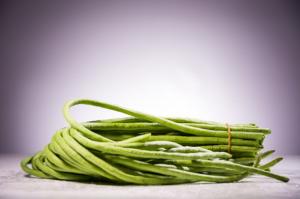 How does okra leaf h...
How does okra leaf h...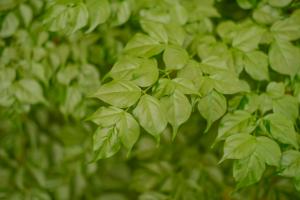 How to treat happy l...
How to treat happy l...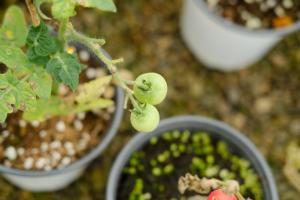 How is tomato Fusari...
How is tomato Fusari...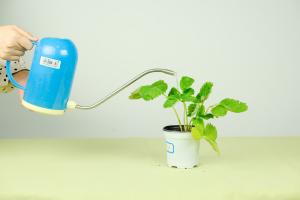 How is Strawberry Po...
How is Strawberry Po... How does Calla becom...
How does Calla becom...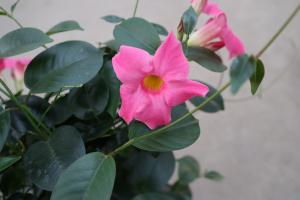 How to roll the leav...
How to roll the leav... Pest control of Phyl...
Pest control of Phyl...
